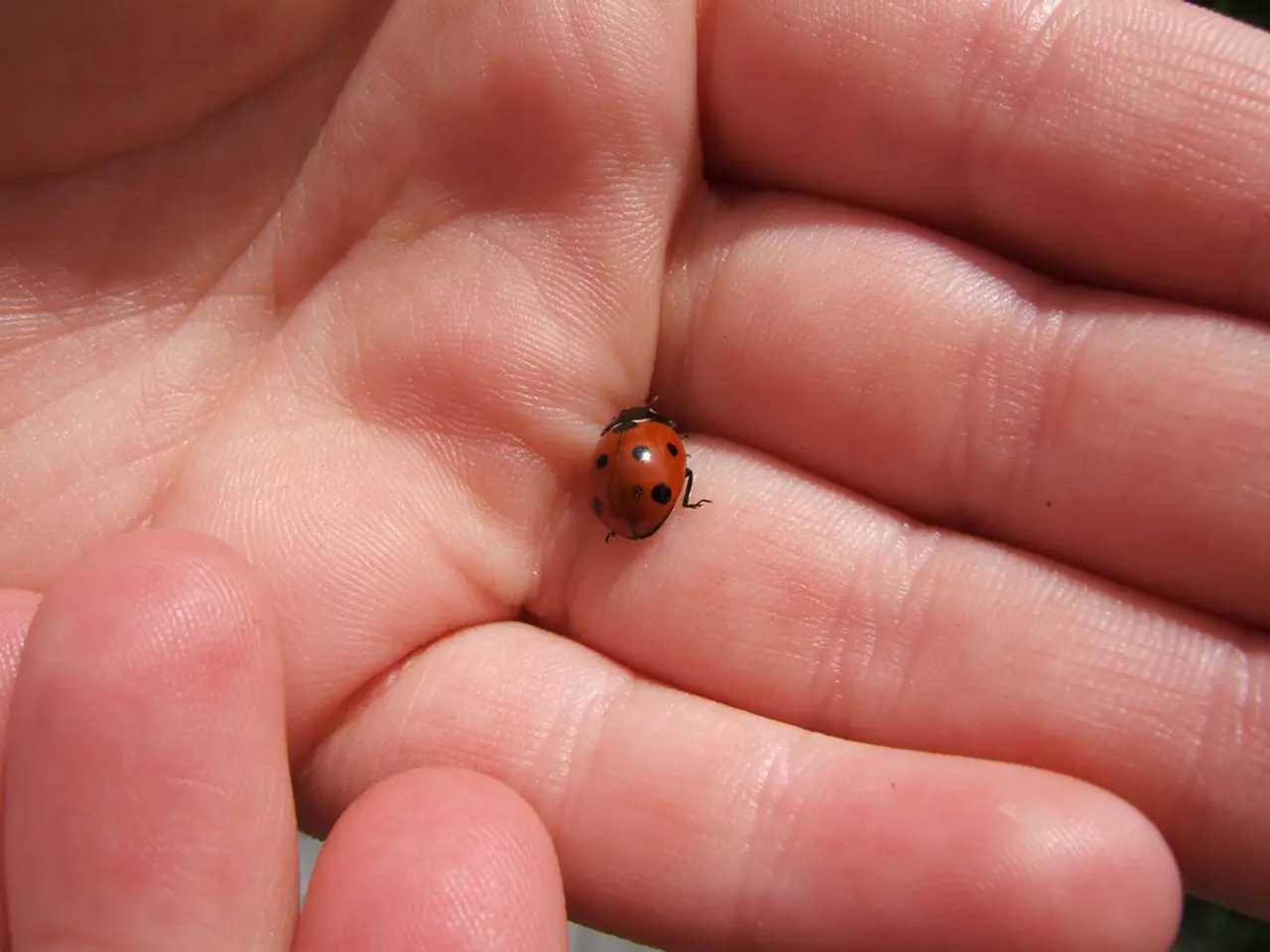Foot pressure points for relieving headaches: Images and scientific explanations
In the quest for headache relief, many individuals turn to alternative treatment options, and one such method is acupressure. This traditional Chinese medicine practice involves applying pressure to specific points on the body to restore balance to the energy system, with a focus on relieving pain and tension.
Headaches can be triggered by various factors, such as fatigue, dehydration, pain and tension in the muscles, stress, caffeine and alcohol, certain foods, allergies, and sitting at a desk all day in a strained posture.
Two pressure points on the feet, in particular, are said to help with headaches: Tai Chong (Liver 3) and Zu Lin Qi (Gall Bladder 41). Tai Chong, located on the foot between the first and second metatarsal bones, has been studied in the context of acupuncture and shown to influence brain areas involved in neurological function, suggesting a potential neurobiological mechanism for pain modulation.
Zu Lin Qi (often denoted as ST36, located on the lower leg rather than the foot) is a major point used to regulate Qi and enhance overall vitality in Traditional Chinese Medicine (TCM). Although scientific studies directly linking ST36 acupressure to headache relief are scarce, its use in TCM protocols to tonify Qi and blood theoretically could help alleviate headache caused by Qi stagnation or deficiency.
Other pressure points, such as Feng Chi (Gall Bladder 20) behind the neck and Jian Jing (Gall Bladder 21) on the top of the shoulders, are also believed to help with headaches, neck pain, and neck stiffness.
It's important to note that while these techniques have been used for centuries, high-quality clinical evidence specifically for acupressure at Tai Chong and Zu Lin Qi on headache relief is limited. More rigorous clinical trials are needed to confirm effectiveness specifically for headache and isolate the role of these foot points.
Stimulating these pressure points may help ease tension headaches and neck and shoulder pain. However, it's crucial to approach acupressure with caution. If headaches happen several times per week, home management strategies are ineffective, managing headache triggers does not prevent headaches, headaches are very painful, the headache pattern changes, neurological symptoms accompany headaches, or a sudden, very intense headache co-occurs with numbness on either side of the body, confusion, loss of consciousness, or trouble walking or moving, it's essential to seek medical advice.
In conclusion, while the scientific evidence for specific foot points in headache relief is developing, acupressure could potentially provide a natural, non-pharmaceutical approach to managing headache pain. As with any alternative treatment, it's essential to consult a healthcare professional before starting a new regimen.
References: 1. Xu, J., & Han, J. (2015). The central mechanisms of acupuncture: A review of current evidence. Journal of Neuroinflammation, 12(1), 145. 2. Vickers, A. J., & Linde, K. (2015). Acupuncture for tension-type headache. Cochrane Database of Systematic Reviews, (4), CD007587. 3. Birch, S. A., & Ernst, E. (2017). Acupuncture for migraine prophylaxis. The Cochrane Database of Systematic Reviews, (1), CD001218.
Practicing acupressure on the pressure points Tai Chong (Liver 3) and Zu Lin Qi (Gall Bladder 41) may aid in both headache relief and easing neck and shoulder pain, as these points have potential neurobiological mechanisms for pain modulation and theoretically could alleviate headaches caused by Qi stagnation or deficiency, respectively. While the evidence for specific foot points in headache relief is still developing, it could offer a natural, non-pharmaceutical approach that complements other health-and-wellness practices such as fitness-and-exercise and mental-health management.




